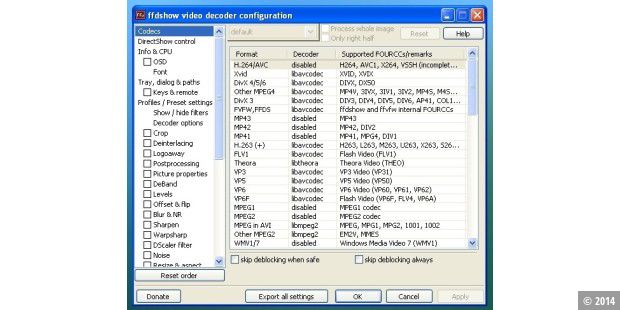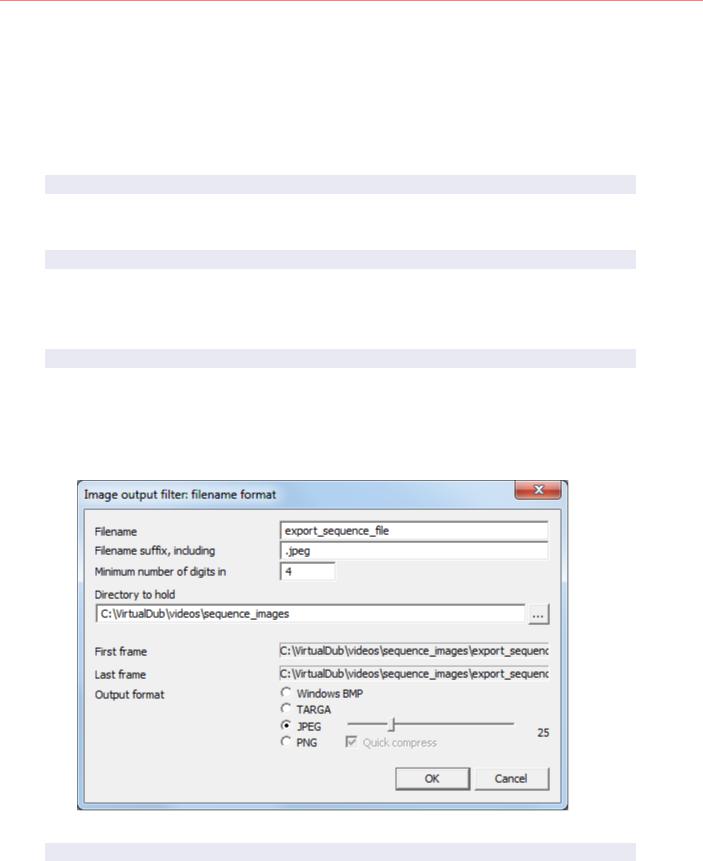


So, just get the script working and then start changing these variables. The comments are intended to tell you what they do. My work involves mostly really old film and I find that my version's lower levels of sharpening and grain reduction give results which I find more pleasing when dealing with typical amateur film. I created my own version of his script, which I optimized for speed, but with far less sharpening. You just simply change them and then look at the result. It is actually quite easy to do, but figuring out which parts to use took me quite a bit of time and effort.Īs for your other question, VideoFred put all the control variables for his script at the beginning. You have to use the correct lenses in both the projector and camera dim the bulb and add an additional diffuser in he projector's light path. Instead, you point the camera directly at the Carousel lens, at point blank range. You cannot simply point the projector at a screen and then snap the result with a digital camera.
VIRTUALDUB WARPSHARP HOW TO
I can provide a few construction details on how to do this conversion in a way that gives you good results. My Carousel/Digital Camera lashup can capture about 15-20 slides per minute. The Nikon Coolscan takes about 1.5-2.0 minutes per scan. The results, when using my old Nikon D-70 as the capture device are probably 85-90% as good as the quality of my Nikon scanner, albeit without any automatic dirt or dust removal, although that only works well on Ektachrome and doesn't really do much with Kodachrome. So, I converted a Carousel projector into a very high-quality, extremely fast scanner. I recently needed to scan 3,000 slides for a client whose dad is dying and wanted to see the slides one last time. It took me 3+ years to get through my dad's 10,000 slides. You can sell it when you are finished in order to recoup the $1,000+ cost. They don't make them anymore, but you can get them on eBay. The best way to scan them is a Nikon Coolscan scanner. The result is a modest increase in frame rate for this chain, going from about 17 fps to 20 fps for about a 20% improvement.First, the slides.
VIRTUALDUB WARPSHARP DOWNLOAD
It still isn't possible to allow a single filter instance to process multiple frames in parallel, since the filters have mutable state which generally prohibits this, but this does permit different filters to queue up behind each other, so that the accelerator can work on the warpsharp instance for one frame and then download another frame without intervention from the main processing thread. The second reason for the improvement is that the render pipeline can now queue more than one frame request in the filter system. For various reasons the filter system cannot currently be run multithreaded, but the filter instances can - so what the filter system does is set up a frame, hand it off for asynchronous execution, and then later closes the frame and collects the output once the filter is done. The first is that in this build the filter system has the ability to "hand off" a particular invocation of a filter instance. That aside, you can see the the accelerator thread (top thread) is much more busy in this version. I didn't think it would make a lot of difference, but now it definitely seems harder to read without the color coding. That's because I'm currently redoing the profiling architecture to be lighter weight and to capture a performance log instead of just per-second snapshots. In my current dev branch, the situation has changed a bit. This limits concurrency between the CPU and the GPU. The result is that the processing thread is blocked while the readback is occurring (the long operation with Poll and Readback blocks) and then the acceleration thread goes idle while the processing thread is busy doing other tasks. The basic problem here is that the video filter system is single-threaded and all calls into the accelerator are done as blocking calls, synchronizing the threads. This is the time during which the video filter system runs. The main things to notice are the long V-Filter section on the Processor and the idle times on the Filter 3D Accel thread.

This is a screenshot from VirtualDub's real-time profiler, showing CPU usage during a video analysis pass using a mix of CPU and GPU filters (warp sharp on GPU + rotate2 on CPU). There are, however, also some performance bottlenecks in the implementation in 1.9.5 that I'm working on resolving. ¶Scheduling bottlenecks in 3D filter accelerationĪs I noted last time, there are reasons why VirtualDub's 3D filter acceleration has problems if a display mode switch is triggered.


 0 kommentar(er)
0 kommentar(er)
